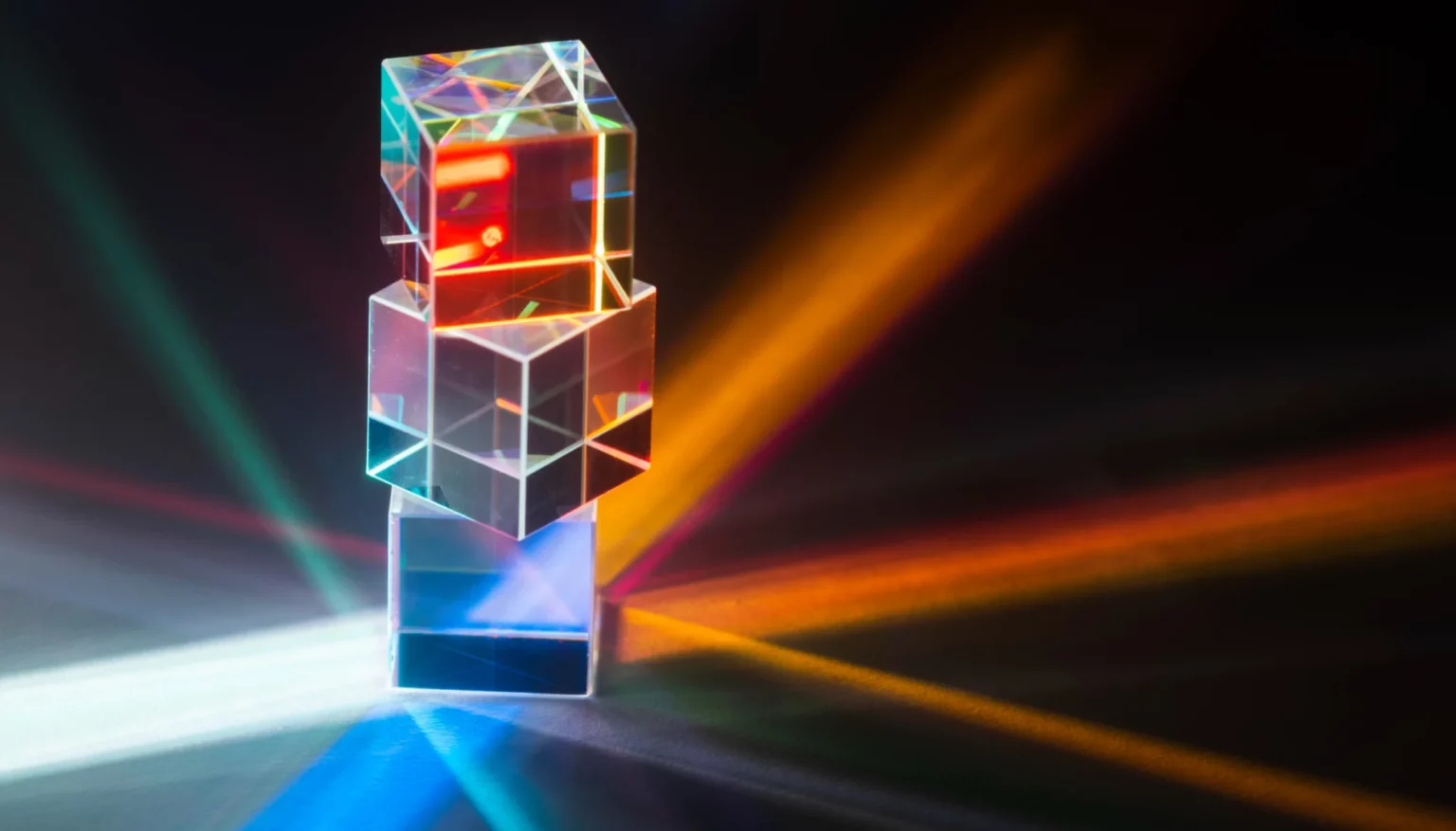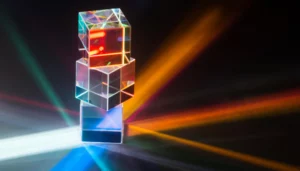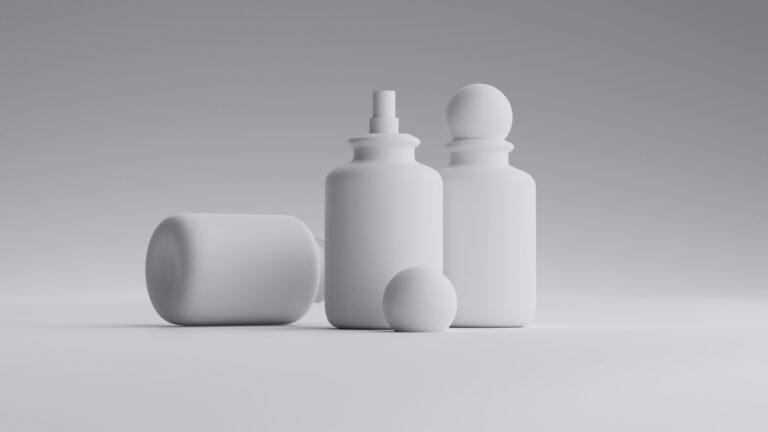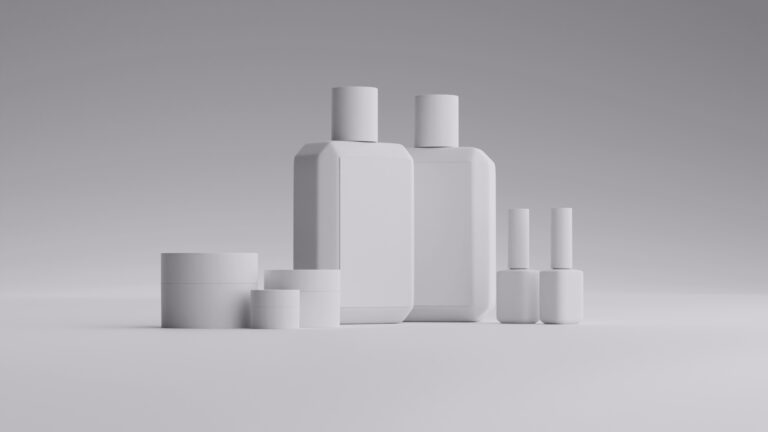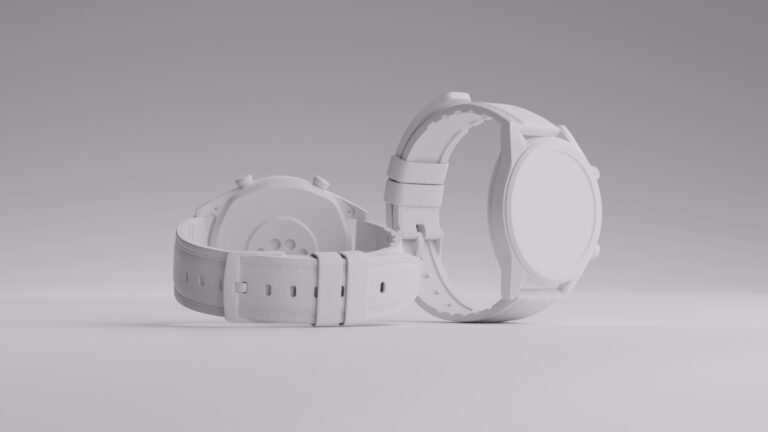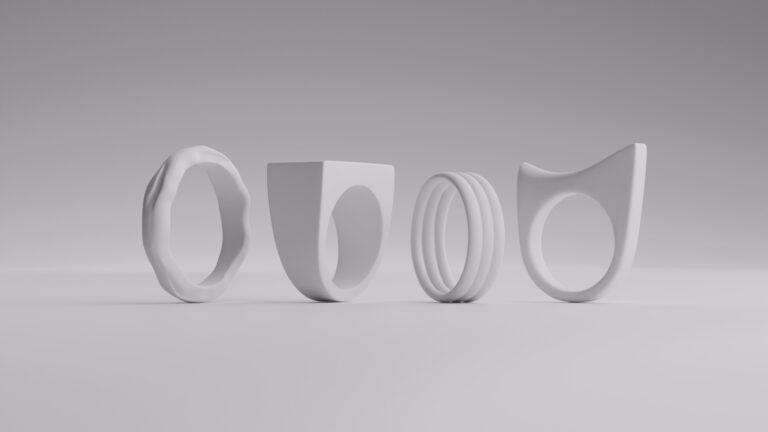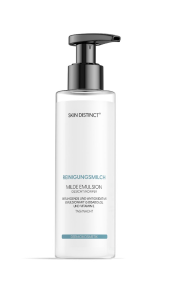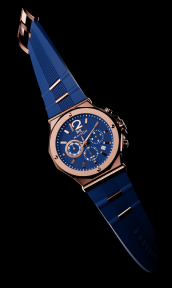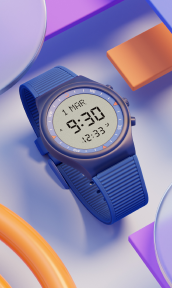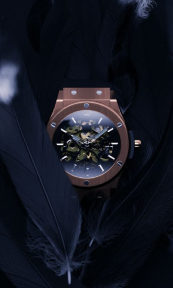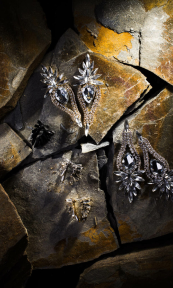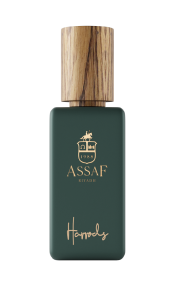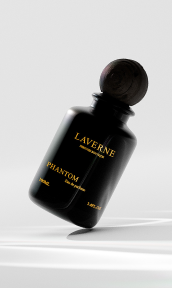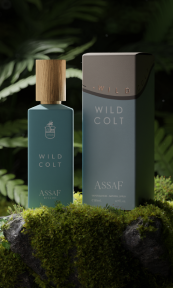Discover the captivating world of product photography through the lens of visual effects and computer-generated images. Use the latest software and techniques to enhance images and create stunning visual elements.
From skillfully manipulating lighting, textures, and colors to creating realistic or stunning visual effects, a deep dive into VFX and CGI will open up a world of possibilities to captivate viewers and take your product photography to a new level. Join us as we explore the fusion of photography and digital editing to create mesmerizing visuals that leave a lasting impression.
The difference between VFX and CGI in product photography
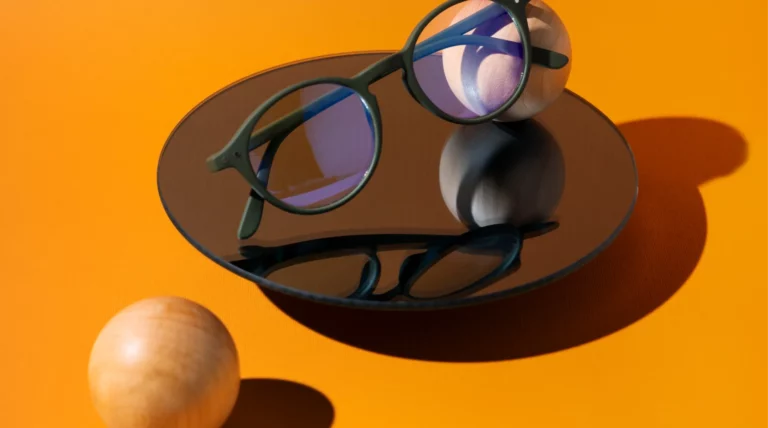
In product photography, CGI and VFX have different tasks. CGI creates digitally rendered elements or scenes integrated into the product images. VFX manipulates and enhances existing elements by adjusting lighting, colors, and textures and adding visual effects. But let’s discuss each of these areas in detail.
What is CGI
CGI stands for computer-generated imagery. It refers to the creation of visual content using computer software and algorithms. It involves creating and manipulating images, animations, or special effects that appear realistic but are created entirely by digital means.
It is used in various industries, including film, advertising, video games, and product photography, to create images that would be difficult or expensive to achieve using traditional methods.
CGI and product photography
CGI is used in product photography to create highly realistic and visually appealing product images. Through software, you create 3D models of products or objects, which are carefully textured and shaded and then placed in a virtual environment or background. This technique offers precise control over lighting, angles, reflections, and other visual elements.
It offers several advantages. It creates the product images before the physical prototype is available, shortening the time to market. It also provides the flexibility to change, or vary colors, materials, or designs without reshoots. In addition, CGI enables the creation of dynamic and complex visual elements that are difficult or impossible to achieve with traditional photographic techniques.
Through CGI, e-commerce platforms, manufacturers, and advertisers can create captivating product images that engage customers, convey key features, and present products uniquely and appealingly.
What is VFX
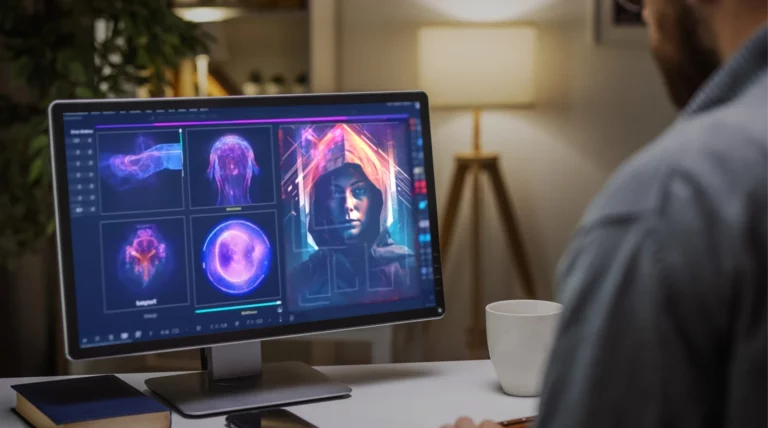
VFX stands for visual effects. It refers to the manipulation or enhancement of images or footage through digital means to create and integrate realistic or fantastical visual elements that may be difficult or impossible to achieve during filming.
VFX techniques are often used in movies, television shows, commercials, and video games to bring fictional creatures to life, create breathtaking environments, simulate natural phenomena, or enhance the overall visual aesthetics of a scene.
Visual effects artists utilize various software and tools to achieve these effects, combining live action footage with computer generated imagery to create seamless and immersive visual experience.
VFX in product photography
In product photography, visual effects can include various techniques to improve the overall quality and visual appeal of product images. This includes retouching to remove imperfections or blemishes on the product, adjusting colors to ensure an accurate representation, or manipulating light and shadow to create a desired mood or aesthetic.
Background removal is another common VFX technique, where the background is separated from the product and replaced with a more suitable or customizable backdrop. In addition, visual effects can involve adding or removing image elements such as labels, logos, or accessories to showcase different variations or options of the product.
These techniques create compelling and visually stunning product images that attract attention and effectively communicate the features and qualities of the product to potential buyers.
VFX vs CGI – the difference between them
Both visual effects (VFX) and computer-generated imagery (CGI) are techniques used for graphical results. However, they have distinct differences and applications.
Visual effects refer to a broad range of techniques used to improve or manipulate visual elements in a scene. It encompasses practical (real-world elements) and digital effects, making it a broader term. For instance, practical effects can include explosions, prosthetic makeup, or animatronics, while digital effects involve manipulating or adding elements using software.
On the other hand, computer-generated imagery specifically refers to creating entirely digital elements such as characters, objects, or environments. CGI is a subset of visual effects, focusing solely on the digital elements. It involves using computer technology to build and animate these digital entities, often using 3D modeling and rendering techniques.
CGI is typically used to create realistic creatures, environments, or special effects that would be challenging or impossible to achieve practically. In contrast, VFX can involve a mix of practical effects, CGI, and other techniques to achieve the desired visual outcome. VFX encompasses elements like green screen compositing, matte painting, motion tracking, and others, to seamlessly merge practical and digital effects.
Overall, while CGI creates new elements, VFX transforms and enhances existing ones, ultimately working together to create visually captivating product photography.
CGI or VFX for product photography?
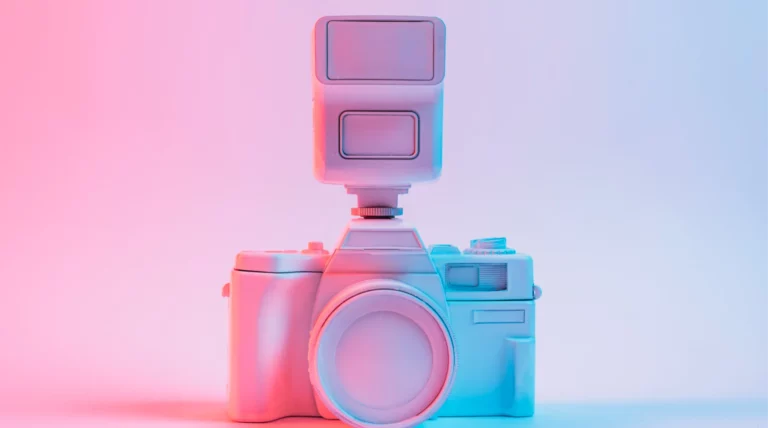
In product photography, CGI and VFX techniques offer different advantages and applications. Whether one technique is better than the other when presenting your product depends on several factors.
- Purpose. If your goal is to create a virtual representation of products and customize it differently to represent a wide range of products, computer-generated imagery is the way to go. On the other hand, if you already have product images and want to enhance them with post-processing techniques, visual effects are more suitable.
- Realism. The advantage of 3D models is that they provide a very realistic and detailed representation of the product. They can accurately create and visualize every aspect of the final product, including lighting, textures, and materials. While visual effects can enhance this realism, they cannot offer the same level of accuracy and customization.
- Time and budget. Computer-generated images generally require more time and resources than visual effects. Creating a 3D model from scratch can take longer if the product you want to recreate has minute and complex details. Visual effects are part of post-production techniques and are usually faster and more cost-effective when working with existing product images.
- Product variations. If you need to show different variations, unique configurations, or multiple angles of a product, CGI is more flexible. You can easily change and customize the model to create images for different product versions. VFX, on the other hand, is limited when it comes to creating completely new variants.
- Control. CGI provides complete control over every aspect of product visualization, including lighting, scene environments, and product presentation. It allows for precise adjustments and customization to achieve the desired aesthetic. VFX focuses on enhancing existing images, adjusting colors and lighting, removing imperfections, and adding special effects.
- Skills and expertise. Both computer-generated imagery and visual effects require specific knowledge and skills. CGI includes 3D modeling, rendering, and animation, which require knowledge of software such as Blender or Maya. VFX includes post-production editing techniques using software like Adobe Photoshop or After Effects.
By considering these factors in detail, you can make an informed decision whether CGI or VFX is better suited to your specific product photography needs.
Advantages of using CGI for product photography

Using computer-generated images for product photography offers several advantages. These include the following.
Realism and detail. With the help of computer-made images, you can create highly realistic and detailed visual representations of your products. You have precise control over all aspects, including lighting, textures, and materials, resulting in a perfect replica of the physical item.
Customization and flexibility. You can customize the digital model as you want. Change its colors, shapes, size, or any property and see how different variations of it best suit your project. Maybe you want to see if a specific color or texture fits better than the ones your product currently has. With CGI, you can do that with just a few clicks.
Cost and time efficiency. Compared to traditional photography, which requires lots of time, money, and other elements (space, props, equipment), CGI is more budget-friendly. You make the investment once – software and computer – and obtain a more cost-effective solution in the long run. Computer-created images eliminate the need for physical product prototypes or reshoots, saving time and production costs. It also allows for quick changes during the creative process without additional charges.
Consistency and reusability. When you create a digital product image, you can opt for a consistent style throughout the marketing channels and advertising campaigns. Once a model is created, you can reuse it for different purposes, such as print advertisements, online catalogs, or promotional videos. This ensures visual consistency and a cohesive brand image across different platforms.
Uniqueness and eye-catching visuals. With just a few clicks you can create visually stunning, attention-grabbing product images that stand out from the competition. With endless creative possibilities, including virtual environments, dynamic animations, and special effects, CGI allows you to create compelling visuals that captivate the audience and differentiate your products.
These advantages make CGI a valuable tool for product photography, offering immense creative control, cost-effectiveness, flexibility, and the ability to produce striking visuals that enhance product presentation and marketing efforts.
How we can help
Are you ready to take your product to the next level? Our team of experts can help you improve your product image and stand out from the competition. And the best part? You can try our services for free!
Just send us a few pictures of your product, and we’ll create a stunning 3D model that will showcase your item in the best possible way. Our 3D models are stored in our library for future collaborations, meaning you only need to create them once.
Once the 3D model is ready, you can choose from four image styles: Catalog, Minimalist, Simple Props, and Custom. Each style has its own advantages, so you can choose the style that best suits your product. We will help you choose the perfect style for your needs and budget.
Take advantage of the benefits that computer-generated imagery can bring to your products and brand and stand out from your competitors with stunning imagery and realistic product images.
Wrapping up
In conclusion, VFX and CGI play a crucial role in product photography by providing means to enhance visuals, achieve realism, and create captivating imagery. These techniques offer vast creative possibilities, allowing photographers to customize products, add special effects, and ensure consistency in branding. With their ability to create stunning visuals and convey product features effectively, VFX and CGI contribute to the overall success of product marketing and presentation efforts.
FAQ
What is the difference between VFX and CGI in product photography?
Both involve digital techniques. VFX refers to enhancing or manipulating live-action footage or already-existing images, while CGI creates virtual images and resources.
How can VFX and CGI enhance the realism of product images?
They can enhance the realism by adding details, textures, shadows, and lighting effects that may be challenging to capture during the photography stage. These techniques can make the product appear more visually appealing and lifelike.
What are some common special effects techniques used in VFX for product photography?
Some common special effects include motion blur, depth of field effects, particle effects, and realistic reflections or refractions to create an immersive visual experience.
How does CGI allow for customization and flexibility in product imaging?
It allows for customization and flexibility by enabling photographers to create and modify virtual products or elements. This flexibility makes it easier to showcase variations, colors, and features of a product without physically manufacturing each version.
What role do VFX and CGI play in maintaining brand consistency in product photography?
Both play a crucial role in maintaining brand consistency. They do so by ensuring that the visual presentation of the product aligns with the brand’s tone, style, and messaging. Also, they digitally enhance and manipulate images, creating a cohesive and recognizable look for a brand’s product line across various marketing materials and platforms.
